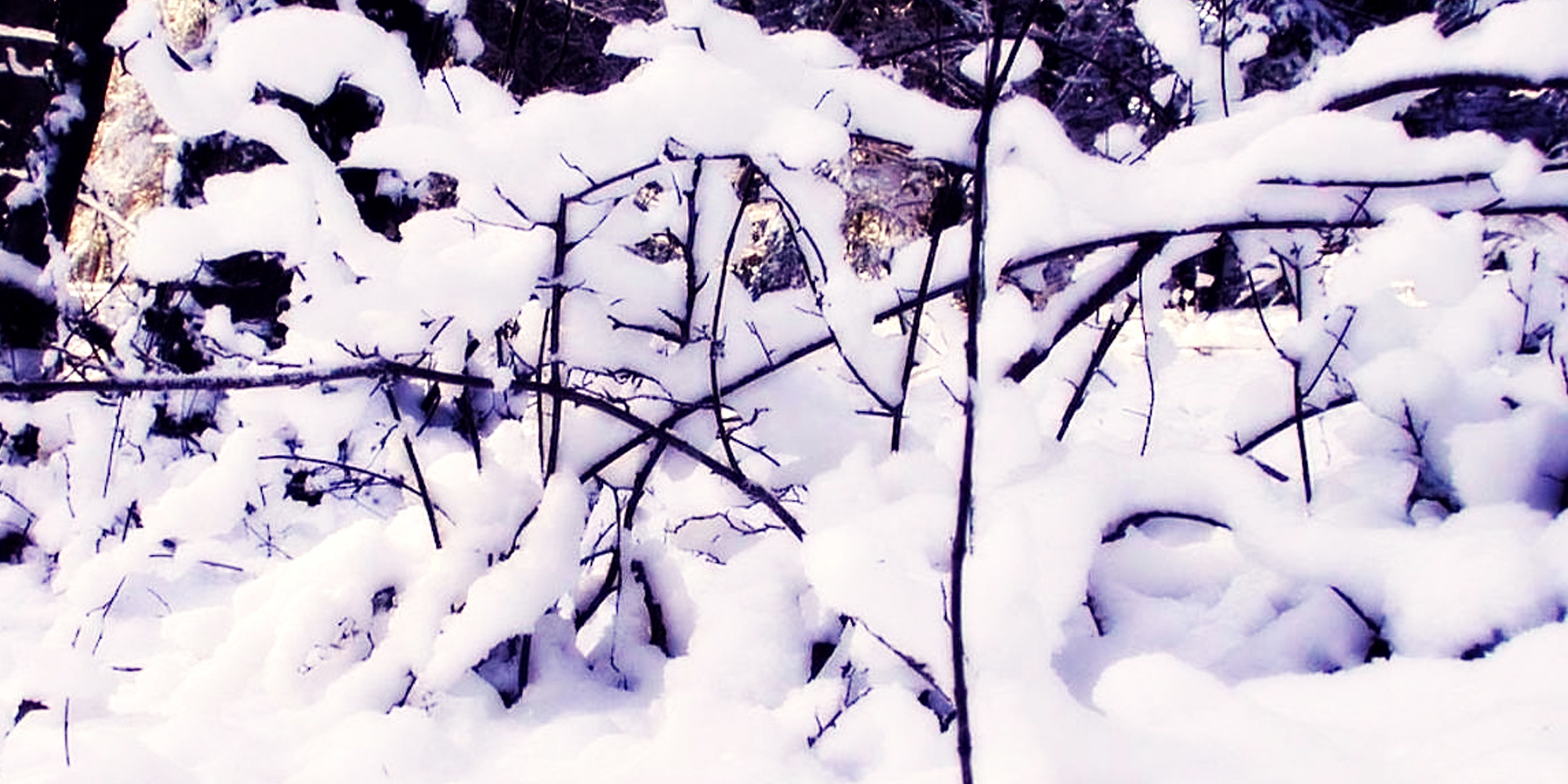When winter hits, ice buildup often happens with the first big storm. What to after the ice hits can be a big problem.
Though the snow and ice itself on plants isn't really a problem, the weight of the buildup is. Plus, if you take the heavy weight of the ice and couple that with strong winds as we have seen this winter, it can wreak havok on your plants.
The unfortunate part is, once the ice is on your plant, the risk is quite large that you cause more damage than good. If the weather stays cold, the plant get rather brittle. Trying to stand the plant up or beak the ice off can often snap the woody growth or rip off foliage from evergreens.
If you do have plants that were damaged by ice and snow, it's best to take note and try some minor protection for the following year. Ice damage is very hard to prevent and typically only smaller pyramidal evegreens like cedars or junipers can be helped. Using twine, start at the base of the plant and "spiral" the twine around the plant to the top - similar to the Christmas trees get tied in the winter. Smaller evergreens like globe cedars can benefit from a wooden "hut" to prevent snow load, but usually only if they get spread very badly in the winter.
So what do you do now? Here are a few good Do's and Don'ts for dealing with ice and snow loads on plants.
Do's
- Prop up heavily bent plants temporarily in case it snows again.
- Wait for the snow and ice to melt away naturally.
- Tie or wrap up evergreens when temperatures are above freezing.
- Gently coax plants back into an upright form only when above freezing and very gently.
- Build small burlap or snow-fence barriers around susceptible plants to stop wind.
- Remove partially broken or hanging branches - do the final pruning to clean up in the spring.
Don'ts
- Remove ice from plants by breaking it off.
- Try to return plants to their natual shape in cold weather.
- Wrap plants before they are closer to their natural shape.

